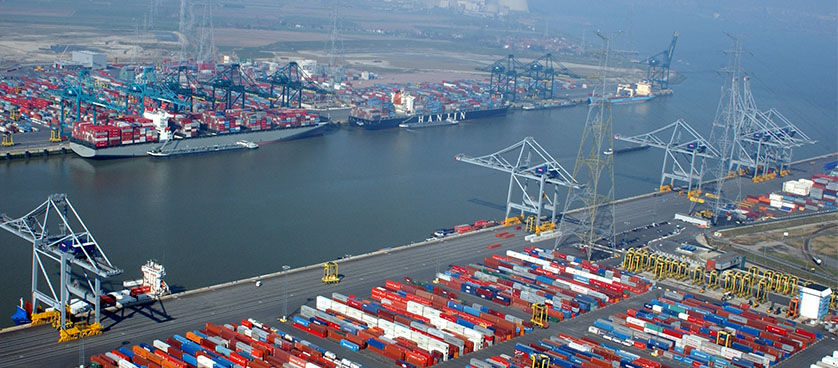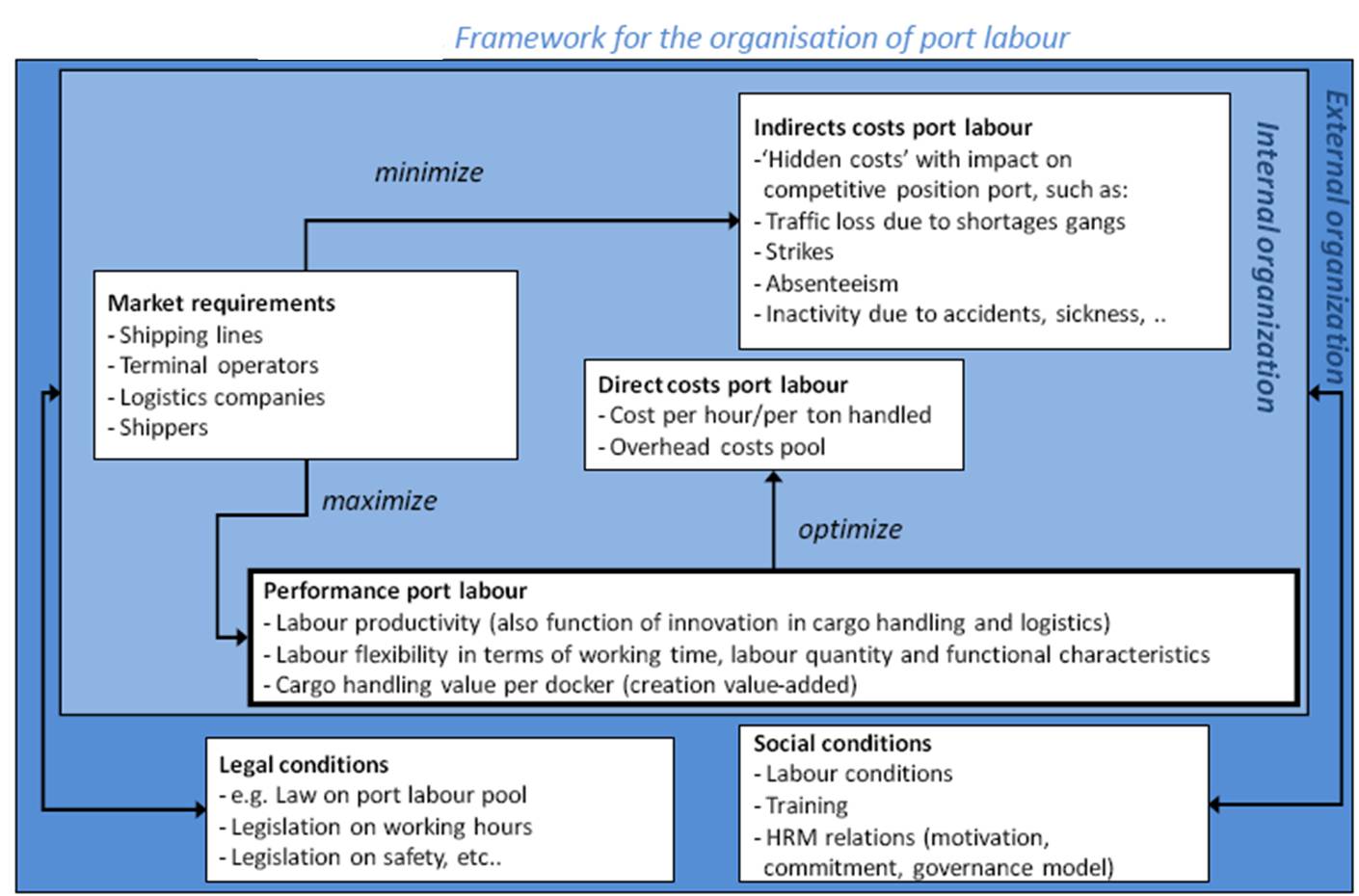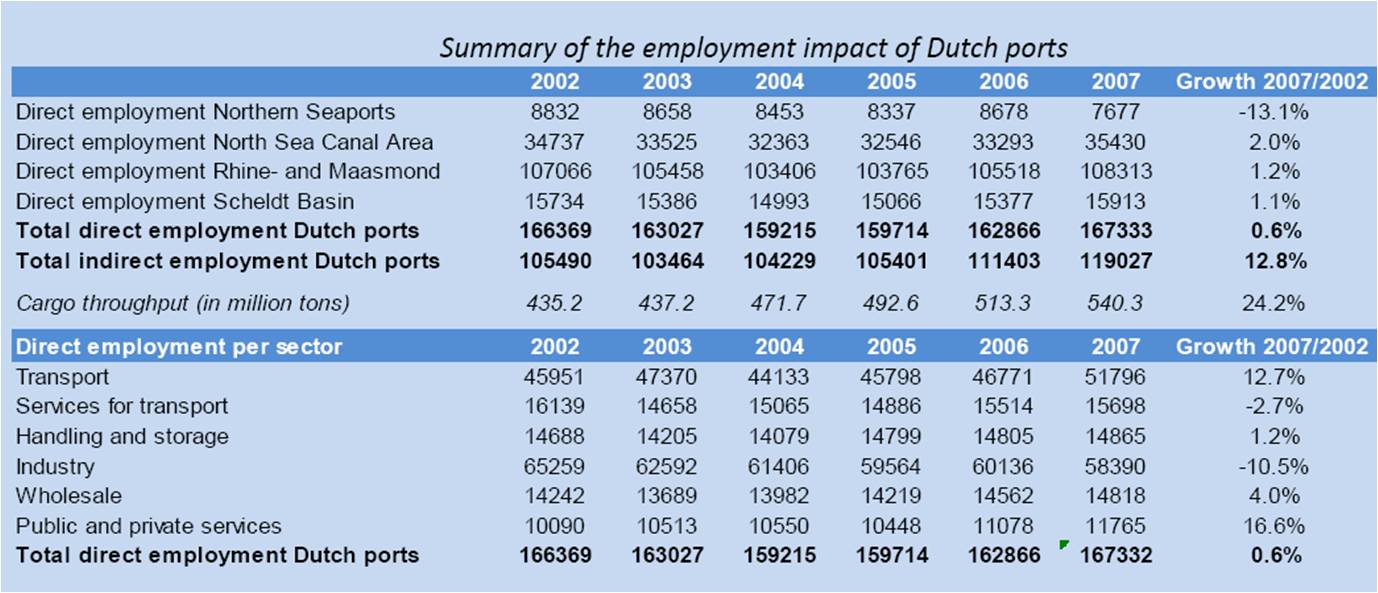Employment impact of European ports
The Dock labour and port-related employment report (Notteboom, 2010), released earlier this year with support from the Institute of Transport and Maritime Management Antwerp, presents a thorough analysis of the key factors to port competitiveness and reform, underlining also the importance of dock labour system implementation and the impact of port-related employment.
Being important job generators, the European ports generate massive direct employment effects within the logistics and industrial cluster in the port system. The vast labour force serving in the port industry covers large loading and unloading operations, ship operations and services (agencies, pilotage, towage and bunkering), land transport, logistics activities, cargo services (e.g. freight forwarding and customs broking) etc. These activities provide people with wages, salaries and other earnings and are a major source of tax revenues for governments at different geographical levels (Notteboom, 2010).
The competitiveness of seaport is influenced by the skills of the port-related employees, as well as by the efficiency and effectiveness of loading and discharging activities. Dock labour systems are highly important for the seaports employment level and the value-added created by the port employees, conferring the management framework of the infrastructure projects in European seaports.
The figure presented subsequently illustrates a framework for the organization of port labour, in terms of both internal and external organization. For internal organization, Notteboom (2010) underlines the importance of performance indicators in terms of labour cost and productivity, that can influence the outputs of dock labour systems. External organization regards mainly legal and social conditions, required by external parties.
The report also presents various socio-economic indicators to evaluate the impact of employment within the European ports, such as the employment level and its added value. Employment figures can serve as criteria for budget allocation of public infrastructure funds, as well as a criteria in awarding terminals to private terminal operators or as public relations tool in dealing with stakeholders and the general public.
A summary of the employment impact of ports is presented below, based on the Dutch ports example during 2002 – 2007. The economic significance is defined in terms of added value, employment, business establishments, business dynamics and private investments.
Offering a broader perspective upon the port competitiveness and reform, Dock labour and port-related employment report provides a deeper understanding of the dynamics behind port employment and labour. Aiming for a balanced approach, the analysis takes into account considerations and development related to the general employment impact of ports as well as those at the level of dock labour. The findings of the report serve as input for the ongoing discussion on the role of the human factor in the European port system (Notteboom, 2010).
References:
Image source:
- Shipping Herald
- Notteboom (2010)

Tags: Institute of Transport and Maritime Management Antwerp, Report Analysis, Transportation performance







